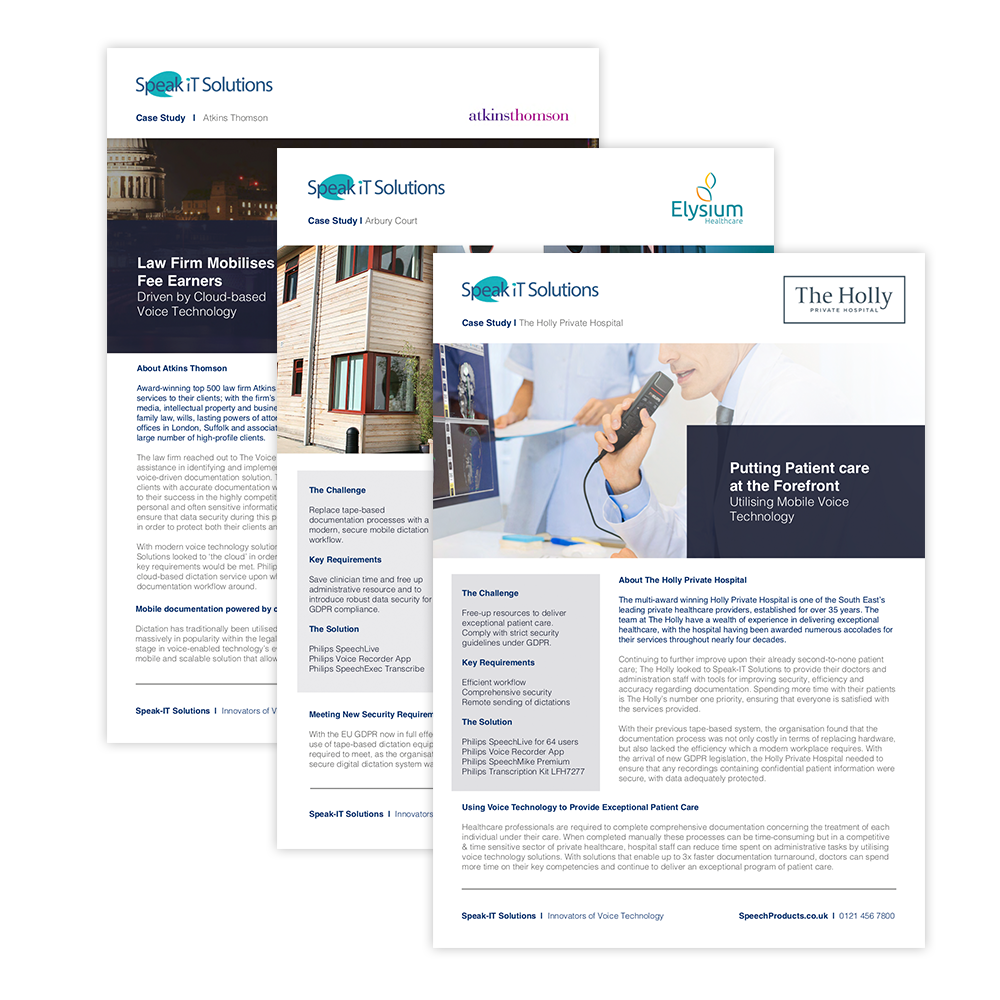

We put data at your fingertips! The data collection screens feature session dates, checklists, statistics, and graphs to help you track and measure reading, speech, and vocabulary progress over time. Involve searching the text for answers.These questions test story understanding beyond the basic elements of story as highlighted in the WH section. The story talk activity provides 5 question cards for each story. Little Stories features 4 WH questions for every story in the app. The WH questions highlight key story elements. When a child is able to put narrative elements in order, a text becomes more than random details and occurrences-it becomes a story. The sequencing activity teaches story structure by prompting the child to organize four story segments. Then, listen to the recording to score the child’s use of story structure and expressive language.Įvaluate the following elements of story structure:Įvaluate the following features of expressive language: The story retell provides a wealth of information about a child’s narrative abilities. Watch for our Little Bee-he’ll be there to cheer you along the way! While our narrative curriculum is serious work, the app is designed to keep the work fun. These learning activities (Story Retell, Sequencing, WH Questions, and Story Talk) help children develop skills such as critical thinking, text structure awareness, and oral communication. The curriculum portion of this app aids the learner’s comprehension of each story and teaches strategies that can be used across narratives. Little Stories is loaded with learning activities that focus on several speech, language, and literacy objectives. Marking errors for reading, vocabulary, or speech can be done easily for follow-up learning and review. Then, play back the recording and mark their errors. Record the child reading the 100-word story without interruption.


These settings allow you to customize fonts and line widths, support eye tracking, and highlight particular word types within the text. Use the story text settings to customize the story screen. Reviewing the words in a story before you read can help increase reading comprehension, reading fluency and improve speech production. You can also generate custom flash cards through the error-tracking feature of the app. Practice the words in the story with flashcards! Select which words you would like to target (sight words, phonemic target words, or challenge words) and practice the words in the flashcards activity. The app easily sorts all the stories by title, theme, phonemic target, and reading level. The stories are categorized into 26 themes that teach a variety of concepts. Within these categories (A, B & C), the stories are sorted according to their Flesch-Kincaid scores. Current phonemic targets include:Īll stories are leveled according to their narrative complexity, vocabulary difficulty, and age appropriateness. Our stories can be used and enjoyed in a variety of ways.Įach story is sound saturated with at least 20 instances of the target sound. Little felt so very big!ġ00-word stories are also great for practicing reading fluency, measuring reading accuracy, assessing speech fluency, and facilitating repeated reading exercises.Įach story has been carefully crafted and is loaded with potentials for learning. When we kept a story small, we realized that structures stood out and speech practice focused. A child quickly reaches “the end” and feels a sense of accomplishment right away.
Speech central lite pro#
To access information on the ARTG visit When buying a medical device it is advisable to only choose a medical device that is recommended by a healthcare professional and has been included on the ARTG.Little Stories Pro draws on a wealth of research and is designed to support reading fluency and comprehension as well as receptive and expressive language objectives.Ī child’s language and literacy development is a big deal-for all of us! So why do we start with something as small as a 100-word story?įor one thing, it keeps a story simple and manageable. You can ask the supplier for the ARTG number for the device you wish to purchase and search the ARTG for the entry. Medical devices that are approved for use in Australia have been entered into a national database called the Australian Register of Therapeutic Goods (ARTG), which is maintained by the Therapeutic Goods Administration (TGA). Many of the items on the Assistive Technology Australia website are categorised as a Medical Device. For more information about standards also see To find out if a product meets Australian Standards ask the supplier to show you the certificate. Products that meet Australian or international standards will have written certification.

Standards may relate to materials, manufacturing and installation. Some assistive technology needs to meet Australian or other standards.


 0 kommentar(er)
0 kommentar(er)
